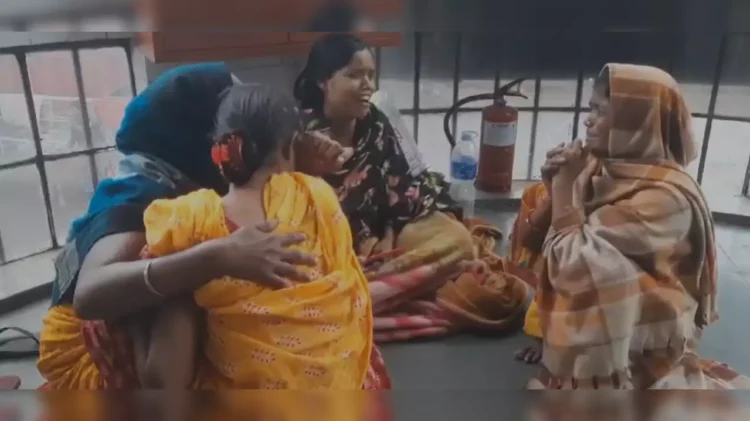In a devastating incident, ten infants lost their lives in the Special Newborn Care Unit (SNCU) ward at the government-operated Murshidabad Medical College and Hospital between December 6 and 7.
The hospital, situated in Behrampore city within the Murshidabad district of West Bengal, witnessed the heartbreaking events, with reports indicating that a total of nine newborns and a two-year-old infant succumbed within a span of 24 hours.
Among the deceased infants, three were born within the premises of the Murshidabad Medical College and Hospital, while others, referred to the government-run facility, were reportedly in critical conditions.
Tragically, the two-year-old child who passed away at the hospital was undergoing treatment for neurological problems. According to sources cited by Times Now, it has been revealed that the SNCU ward at Murshidabad Medical College and Hospital has a maximum capacity of only 54 babies, raising concerns about the facility’s capability to handle such incidents. This unfortunate occurrence prompts a closer examination of the hospital’s neonatal care unit and the resources available to address critical situations.
In a concerning development, the hospital found itself admitting more than 100 newborns, potentially contributing to the risk of infections, as reported by Times Now. The tragic incident, resulting in the demise of 10 infants, is now under scrutiny, with ABP Ananda noting that the deceased newborns had extremely low birth weight, and their mothers were malnourished.
A hospital official informed a news channel that the inability to save the children was attributed to the passage of the crucial golden hour. Notably, the Special Newborn Care Unit (SNCU) ward at Jangipur Super Speciality Hospital, where renovation work has been ongoing for the past six weeks, prompted Murshidabad Medical College and Hospital to exceed its capacity in admitting newborns.
Compounding the situation, the government-run hospital had to accept infants in critical conditions who were referred by sub-divisional hospitals in Domkal and Lal Bagh. The influx reached a staggering 380 newborns referred to Murshidabad Medical College and Hospital in November alone.
Following public outrage over the incident, the hospital administration took action by forming a committee to investigate the unfortunate deaths of the newborns. A comprehensive report has been submitted to the State Health Department for further examination and action. This incident sheds light on the pressing need to address overcrowding and infrastructural challenges within the healthcare system to ensure the well-being of newborns and their mothers.
In response to the tragic incident, the Medical Superintendent of the hospital, Amit Kumar, spoke to Times Now, stating, “We have initiated an initial inquiry committee, and we have received a preliminary report.”
Kumar went on to explain, “Based on that, I am saying most of the children were malnourished. One child had a severe heart disease for which we don’t have the infrastructure to treat. And we didn’t even get the time.”
He emphasized the challenging circumstances, stating, “We are trying our best, but some children are dying. Most of them are malnourished and underweight. It is becoming very difficult for us to save those children as they weigh around 600 grams. Hence, it has become a big challenge.”
Acknowledging the strain on resources, Kumar admitted, “We are forced to keep more than one patient in a bed.” Despite the establishment of a referral system in June of this year, the plight of patients remains dire. The death of 10 infants has brought attention to the inadequate state of medical infrastructure in Mamata Banerjee-led West Bengal. This tragic incident underscores the urgent need for improvements to ensure better healthcare outcomes for patients in the region.




















Comments